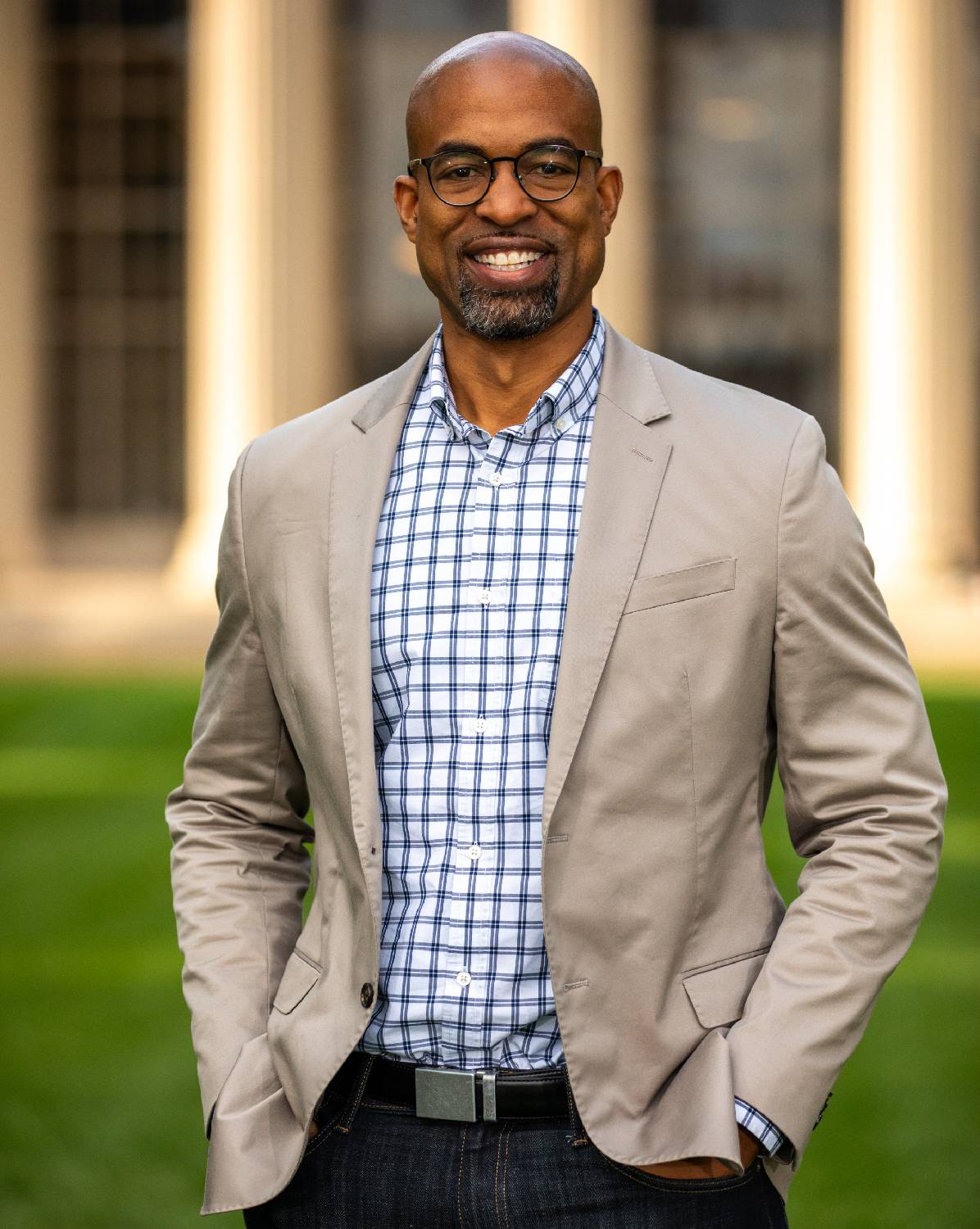About
In MechE, we develop and implement programs and activities that support our entire community, and help ensure that every member is treated with respect, dignity, kindness, and fairness. We are committed to celebrating our differences and to promoting a high-performing, collegial environment.
MIT MechE Community Vision Statement
We foster an inclusive environment, focusing on what makes MIT MechE truly special: the people. We work to solve global challenges and fulfill our mission by training the next generation of mechanical engineering leaders.
Our community is built on a culture that prioritizes people. We believe, across all levels of our department, that each member has a responsibility to support others in their personal and professional growth. We promote a culture of teamwork and respect by acknowledging the value that each person brings to our collective efforts to advance science and engineering, and by acknowledging that prioritizing health is essential to personal productivity.
Associate Department Head for Community and Culture
Professor Cullen Buie is MechE’s Associate Department Head for Community and Culture and oversees departmental initiatives designed to support a thriving working and learning environment.
Initiatives
MIT MechE is proud to lead and participate in a number of initiatives that support community excellence:
MechE ENGAGE
MechE ENGAGE is a guided peer mentorship program providing new graduate students with knowledge, support and networking to succeed during graduate study at MIT MechE, and beyond.
Participants join eight weekly meetings in the fall with their “mentorship pod” consisting of a faculty mentor, 4-6 mentees, and two peer mentors with diverse perspectives and experience navigating MechE at MIT.
Futures in Mechanical Engineering
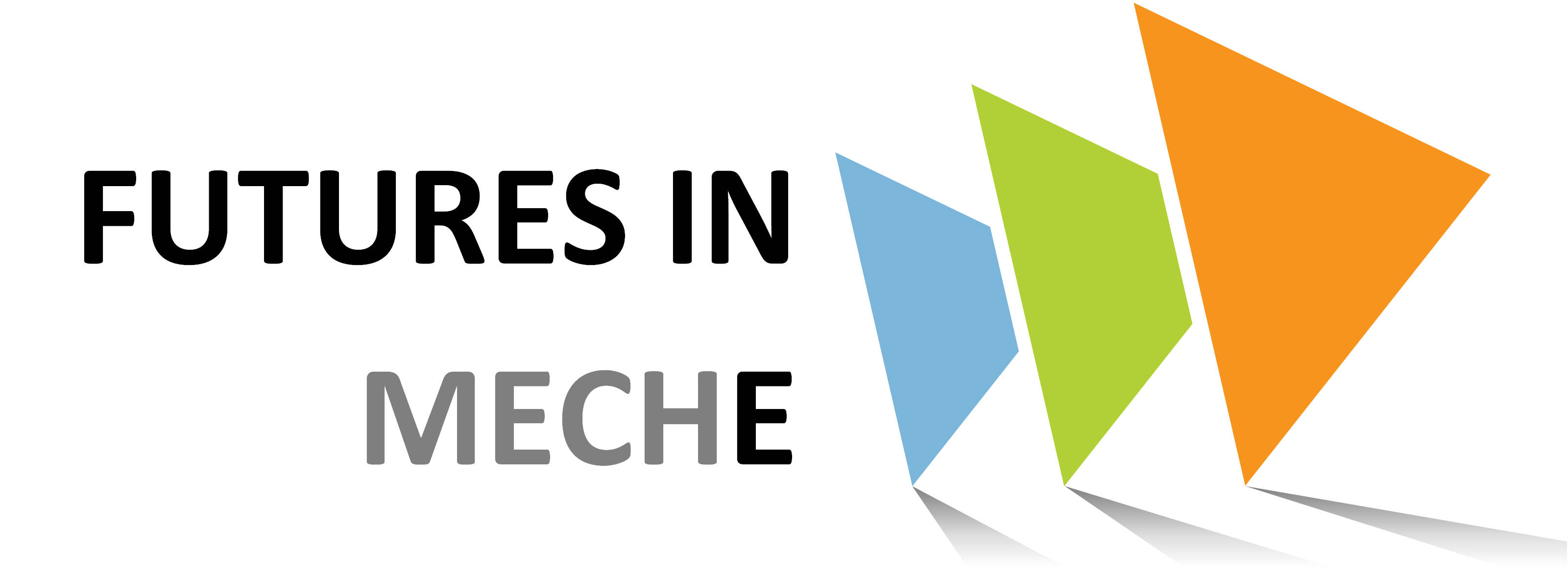
Futures in Mechanical Engineering provides information to current undergraduate students regarding the benefits of a graduate education in mechanical engineering at MIT and broadly and works to demystify the process of selecting and applying to graduate programs. Through virtual information sessions and targeted emails Futures supports prospective students and works to ensure MIT MechE continues to attract and foster the careers of talented individuals.
We work with colleagues and Pi Tau Sigma chapters at universities with relevant undergraduate programs to connect with relevant students. Current undergraduate students interested in graduate school in Mechanical Engineering are encouraged to contact our graduate office at MEGradOffice@mit.edu.
Rising Stars in Mechanical Engineering
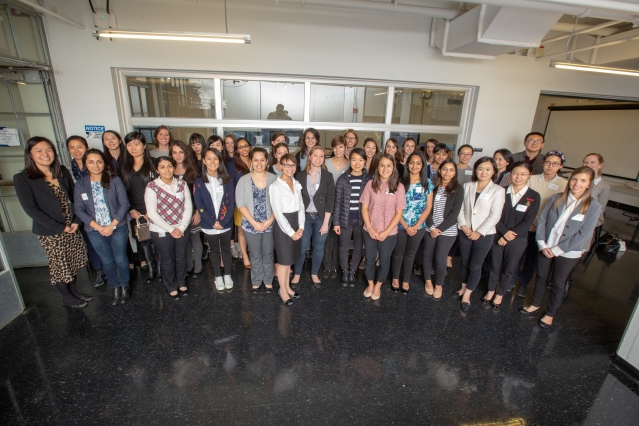
The Rising Stars in Mechanical Engineering workshop is aimed at women graduate students and postdocs considering future careers in academia. The event includes activities and discussions enabling the participants to gain career skills, connect with a cohort of peers, and engage with mentors.
MIT MechE hosted the inaugural Rising Stars event for Mechanical Engineering that took place in October 2018. Annual workshops are hosted on a rotating basis by the Mechanical Engineering Departments at Carnegie Mellon University, the Massachusetts Institute of Technology, Stanford University, and the University of California, Berkeley. MechE next hosts Rising Stars in Fall 2025.
Women's Technology Program
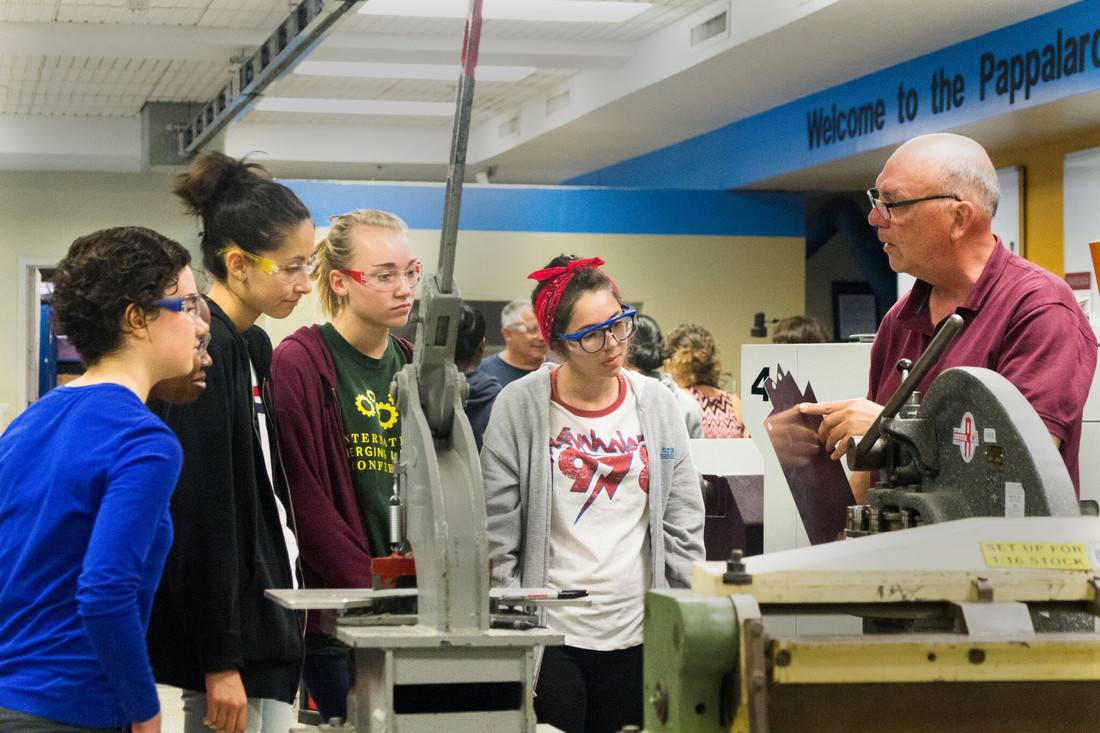
The Women's Technology Program in Mechanical Engineering (WTP-ME) is a four-week summer program in the MIT Dept. of Mechanical Engineering to introduce high school students to the basic principles and ideas of mechanical engineering in the summer after 11th grade. WTP is designed for students who are excited about learning, have demonstrated their ability to excel at math and science in their high school classes, and who have no prior background (or very little) in engineering with few opportunities to explore these fields.
WTP is a women-focused collaborative community aimed at empowering young women and other students who are underserved in engineering, including students who attend high schools with limited access to STEM classes and activities, will potentially be the first family member to attend college, come from low socioeconomic means (which may be indicated by qualifying for free/reduced school lunch), or who have otherwise been discouraged from pursuing their interest in STEM because of their background or who they are.
MIT Employee Resource Groups
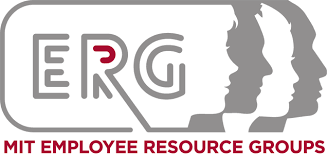
Employee Resource Groups (ERGs) are employee-led groups formed around common interests, common bonds, or similar backgrounds. ERG members create a positive work environment at MIT by actively contributing to the Institute's mission, values and efforts specific to inclusion, such as recruitment and retention. All of MIT's ERGs are open to any employee, and members of the MechE community are encouraged to participate in them.
Resources
- MIT Institute Community and Equity Office
- MIT Office of Minority Education
- MIT Institute Discrimination and Harassment Response Office (IDHR)
- Accessibility & Usability
- Disability and Access Services
- MIT Office of Religious, Spiritual, and Ethical Life Office (ORSEL)
- International Students Office
- Office of Multicultural Programs
- MIT SPXCE Intercultural Center (SPXCE)
- LBGTQ+ Services
- First Generation Program, Office of the First Year
- Office of Graduate Education’s GradDiversity
- Ombuds Office
- Student Support Services
- MIT MyLife Services (for faculty, staff, postdocs, and families)
